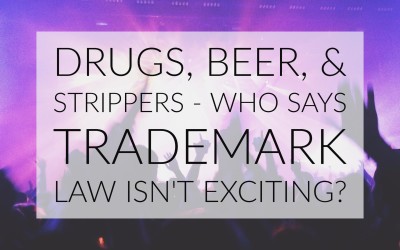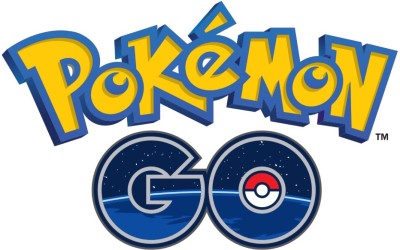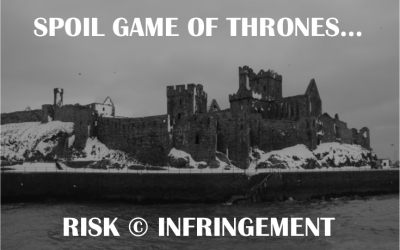Pinterest, Inc. (“Pinterest”) took a hit this week in its effort to enforce and protect the use of its trademarks against Pintrips, Inc. (“Pintrips”). Pinterest was alleging that its rights to its “Pinterest,” “Pin,” and “Pin It” word marks were being infringed by the “Pintrips” and “Pin” word marks used by Pintrips.
The United States District Court in the Northern District of California ruled that there was no trademark infringement. Let’s spend some time breaking down the decision.
As you may know, Pinterest is a social media website which allows its users “to view, post, and organize content in which they are interested in by creating pins on their virtual Pinterest ‘Pinboard.’” You can create number of different boards, organized however you like, with content that you may find interesting. Pinterest owns federal trademark registrations for the terms “PINTEREST” and “PIN,” but not for the word mark “PIN IT.”
On the other side of this case is Pintrips, which is a web-based travel planning service that enables its users to monitor the price fluctuations of airline flights. A Pintrips user needs to install an extension to his or her web browser which results in a pin icon being shown next to trip itineraries on certain sites. If the user clicks on that icon next to a specific itinerary, it will be “pinned” to that user’s “Tripboard” on the Pintrips website. Once that’s done, a user can return to its Tripboard to see if the price and on that specific itinerary has changed and compare the various items pinned to the Tripboard. With that said, it does not own any trademark registrations, although its application for “PINTRIPS” is currently pending because of this case.
To establish trademark infringement under the Lanham Act, a plaintiff must show that:
- It has a valid, protectable ownership interest in a mark,
- Its mark is the senior mark, and
- The defendant’s mark is likely to cause consumer confusion the marketplace.
The two marks in question for this analysis are PINTEREST and PINTRIPS. The first two requirements were easy to show. Pinterest owns trademark registrations and it began using the term prior to Pintrips. This whole case would be decided on whether or not consumer confusion occurred in the marketplace. To determine this, the Court applied an 8 factor test found in the 1979 9th Circuit case of AMF Inc. v. Sleekcraft Boats. These factors include:
- The strength of the allegedly infringed mark;
- The proximity of the parties’ goods;
- The similarity of the parties’ marks;
- The extent to which there is evidence of actual confusion;
- The marketing channels used by the parties;
- The degree of care likely to be exercised by the purchasers of the parties’ products;
- The alleged infringer’s intent in selecting its marks; and
- The likelihood of expansion of the parties’ product lines.
Although the list of factors helps a court decide whether or not consumer confusion is likely, there is not a standard of how much weight each factor holds. Each determination is made on a case by case basis depending on the facts at hand.
After weighing all of the facts, the Court decided that consumer confusion is not likely in this case. Most of the above factors were determined to be neutral. Two factors, the strength of the infringed mark and the similarity of the two marks, weighed slightly in favor of Pinterest. Pintrips, however, had two factors that weighed heavily in its favor; the similarity of the services and the likelihood of expansion. The Court didn’t buy Pinterest’s argument that the services were very similar and that they would be looking into expanding into the area occupied by Pintrips. Doing so would set such a broad standard that the Court was not willing to allow. In light of that, the Court found that Pinterest did not meet its burden to prove a likelihood of confusion.
Fair Use Defense
The next part of the case focused on the use of the PIN mark. The Court goes into a thorough analysis of why Pintrips’ use of PIN and Pinterest’s use is different. Pintrips argued that its use of the word PIN is protected by the “fair use” defense because it uses that word (1) “otherwise than as a mark” and “only to describe its goods or services”; and (2) “in good faith.”
Whether or not a term is being used as a trademark comes down to a few factors. First, the Court will look at “whether the term is used as a symbol to attract public attention, which can be demonstrated by the lettering, type style, size and visual placement and prominence of the challenged words.” Second, a look into “whether the allegedly infringing user undertook precautionary measures such as labeling or other devices designed to minimize the risk that the term will be understood in its trademark sense.”
The Court determined that Pintrips successfully showed that its use of the word pin was used to describe the common act of pinning, and not to identify the source of goods or services. The evidence showed that “pinning” has been a common term associated with the computing/software industry as well as social media, with use even before Pinterest. Additionally, the “pin” button was compared to the “print” button found on most websites in that it merely describes the function and what to expect when a user presses it.
Between that, and the Court’s finding that Pintrips exercised “good faith” and did not piggy-back on the success of Pinterest, it was found that there was no infringement.




